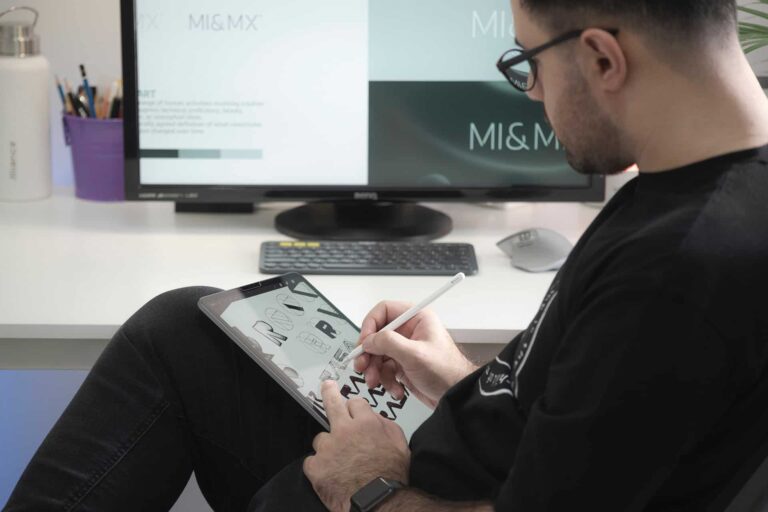Comparing Time Tracking Software For Remote Workers
Remote work has become a big part of our lives, especially after what’s happened in recent years. More people work from home now, thanks to tech innovations making it possible. And while it sounds like a dream come true, with all the flexibility and comfort, it brings its fair share of challenges.
Working remotely can throw off your routine if you’re not careful. There’s no boss lurking over your shoulder, which can be both a blessing and a bit of a curse. Sure, you’ve got freedom, but you’re also on your own to stay productive and hit those deadlines.
Time tracking is the hero in this remote work saga. It’s all about keeping things balanced. It helps remote workers manage their time better and stay focused, making sure work doesn’t seep into personal life and vice versa. It’s like having a map in a new city, guiding you to get things done efficiently.
There’s more to time tracking than just watching the clock. It’s about accountability, making sure you’re showing up, even if it’s just to yourself. It fosters a culture of trust and results, where you know what’s expected, and you feel more secure and less stressed about your job.
Key Features to Look for in Time Tracking Software for Remote Teams
Picking the right time tracking software is like finding the perfect tool for the job. Not all software is equal, and what works for one person might not fit another’s needs. Here’s what to look for when you’re trying to manage your remote work life more efficiently.
One of the first things to consider is how user-friendly the software is. It shouldn’t feel like you need a degree in computer science to use. A simple, intuitive design means you spend more time working and less time figuring out how the thing works.
Integration is another big deal. A good time tracker should play well with others, meaning it should sync up with the tools you already depend on, like project management software or calendars. This way, everything you need is in one place, helping to prevent the dreaded app-switching fatigue.
When it comes to data, having robust reporting and analytics is a must. These features help you understand where your time goes and how productive you are. They’re perfect for getting insights into your work habits and spotting areas where you could be more efficient.
Security is crucial. With everything being digital, privacy can’t be overlooked. Ensure the software you choose respects your data and keeps it safe, aligning with ethical remote work practices.
Lastly, think about customization options. Everyone’s workflow is different, and having a tool that can be tailored to suit your personal or team needs makes a big difference. Whether you need something straightforward or a bit more intricate, having choices is key.
Top Time Tracking Software: Comparative Analysis and Recommendations
Choosing the best time tracking software can feel overwhelming with so many options available. Different teams or individuals have unique needs, and finding the right fit is crucial for effective remote work management.
Let’s break down some of the top picks out there. For starters, Toggl is a great choice for those who want simplicity paired with powerful features. It’s user-friendly and provides insightful reports, making it excellent for freelancers and small teams alike.
On the other hand, Clockify offers a free tier that’s perfect for startups on a budget, without skimping on essential features. It allows for seamless tracking across multiple projects and is ideal for growing businesses needing scalability without financial strain.
Harvest stands out with its invoicing capabilities, perfect for freelancers who need to manage billing alongside time tracking. It bridges the gap between tracking and financial management, offering a robust solution for self-employed individuals.
Each of these tools brings something unique to the table. When comparing them, consider factors like cost, ease of use, and support. User reviews are invaluable; hearing from those with firsthand experience can guide you to the best decision.
Don’t skip trying out free trials or demos. They offer a risk-free way to see how a tool integrates into your daily routine. They help foresee potential pitfalls and ensure you get the most value for your time and investment.

